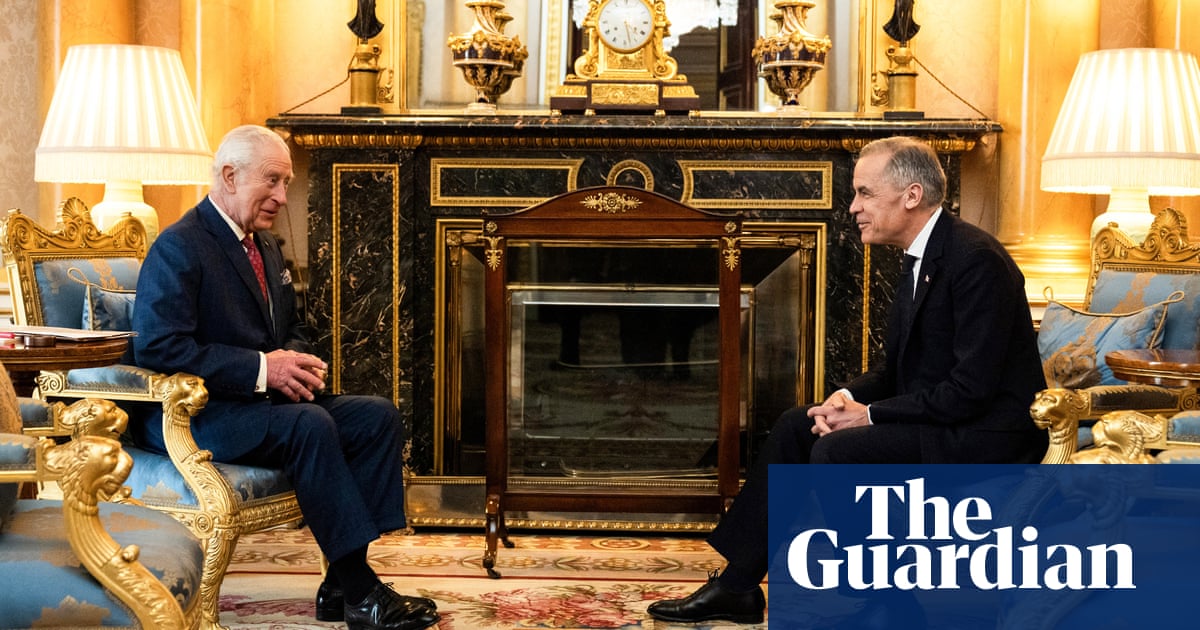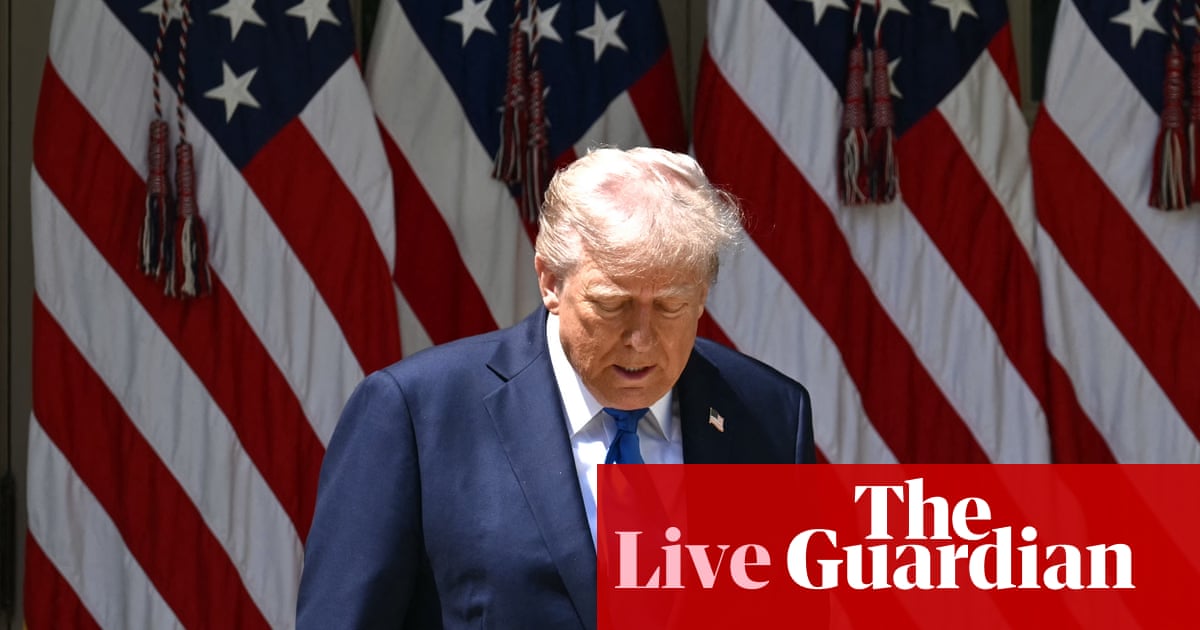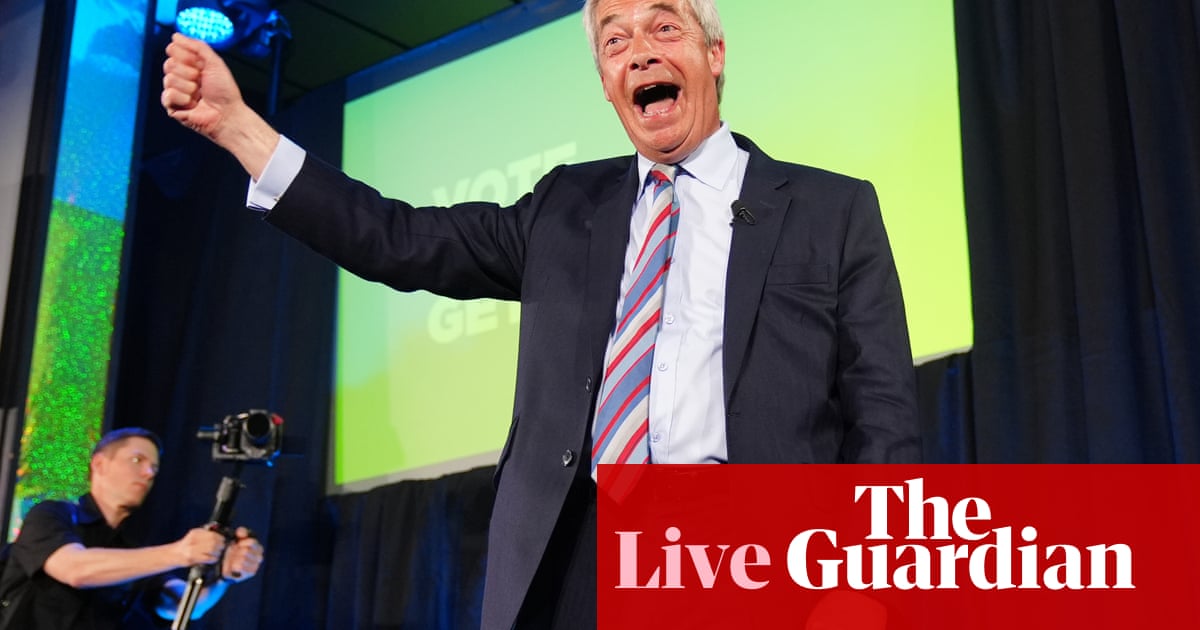Guardian Australia’s poll tracker shows Labor overtaking the Coalition towards the end of March, not long after Cyclone Alfred hit. Composite: The GuardianView image in fullscreenGuardian Australia’s poll tracker shows Labor overtaking the Coalition towards the end of March, not long after Cyclone Alfred hit. Composite: The GuardianAustralian election 2025AnalysisThe polls point to a Labor win, but its primary vote is barely moving – can both things be true?Josh NicholasLabor’s confidence going into Saturday’s election is tempered by gnawing anxiety about the underlying polling data
Polls tracker; Election guide; Interactive seat explorer
Party policies; Micro parties explained; Full election coverage
Listen to the latest episode of our new narrative podcast series: Gina
Get our afternoon election email, free app or daily news podcast
Fri 2 May 2025 16.00 BSTLast modified on Fri 2 May 2025 16.02 BSTShareAustralia’s major parties are headed for a historically low primary vote, continuing a downward trend of several decades, according to the latest from Guardian Australia’s poll tracker. Labor leads the Coalition 51.5-48.5 on the two-party-preferred measure according to our latest average, although there is still uncertainty in the polling.The two-party-preferred vote has been trending towards a repeat of the last election, but this masks a more than two-point primary vote drop for both major parties. The votes lost by the major parties have gone “everywhere”, according to pollsters who spoke to Guardian Australia. Our model estimates the support for independents and minor parties is four points higher than at the last election.With an estimated primary vote of about 33%, a Coalition win on Saturday would represent a “major polling failure”, says Luke Mansillo, the political scientist who built Guardian’s Australia’s poll averaging model, which amalgamates data from a number of published polls.The model factors in sample sizes, previous results and the “house effects” (inadvertent bias towards a party) of each pollster. Research shows pollsters systematically overestimated the support for Labor in the 2019 and 2022 elections, which is one reason the model estimates Labor’s primary vote is slightly lower than the published polls themselves report.Some published polls in the final week have put Labor on course to comfortably attain majority government, even with a primary vote similar to 2022, or even lower.Mansillo says it remains very unlikely that the Coalition could win enough seats to form minority government, let alone win an overall majority, but it is pinning its hopes on minor parties to its right taking votes from Labor and sending preferences to the Coalition.
Sign up for the Afternoon Update: Election 2025 email newsletter
“They would have to rely on preference votes from One Nation and a rag tag of rightwing parties,” Mansillo says.One Nation has risen in the polls in recent months, but that appears to be mostly at the expense of the Coalition’s primary vote. In previous elections only about 62-64% of preferences from One Nation and the United Australia party ended up with the Coalition. By contrast, 86% of Greens preferences went to Labor at the last election.All the polls have shown a steady decline in the Coalition’s position in recent months, mostly thanks to its primary vote falling rather than Labor’s increasing.2:02The most memorable moments of the 2025 Australian federal election, in two minutes – videoThe Coalition first took a two-party-preferred lead in our poll tracker early last year, and really started to pull away around November. The lead continued into the new year, but has slowly fallen away ever since.As polls can be intermittent and noisy, it’s hard to pinpoint when exactly the Coalition peaked.“I really noticed the change in February,” says Shaun Ratcliff, who has been modelling and running polls with Redbridge throughout the campaign.“There were a couple of weeks there where you had the Labor party’s Medicare announcement, the Whyalla announcement, and the Reserve Bank cutting interest rates.”“It felt like they were in campaign mode and they were making all these announcements in areas that were clearly researched.skip past newsletter promotionSign up to Afternoon Update: Election 2025Free daily newsletterOur Australian afternoon update breaks down the key election campaign stories of the day, telling you what’s happening and why it mattersEnter your email address Sign upPrivacy Notice: Newsletters may contain info about charities, online ads, and content funded by outside parties. For more information see our Privacy Policy. We use Google reCaptcha to protect our website and the Google Privacy Policy and Terms of Service apply.after newsletter promotion“It all happened quite quickly and almost immediately it showed up in the polling.”By contrast, the Coalition was less focused on cost of living, housing and healthcare, according to Ratcliff’s research. “The Coalition was kind of caught flat-footed. They didn’t seem to really have a response to this messaging. Certainly through February and March.”Guardian Australia’s poll tracker shows Labor overtaking the Coalition towards the end of March, not long after Cyclone Alfred hit the Queensland coast. This is when Mansillo thinks the race flipped.“It was all a collapse in the Coalition primary vote,” Mansillo says. “There was nothing happening for Labor. More recently there has been an increase for One Nation.”Early in the campaign pollsters identified a number of seats to watch. These included seats to the north and south of greater Sydney, and on the fringes of Melbourne, the new seat of Bullwinkel in Perth, Lyons in Tasmania, and some seats in and around Brisbane. As the Coalition has struggled in the polls, its path to victory in these suburban and regional areas has started to close.Seats to watch in the 2025 election“At the start of the year [the Coalition] were looking very well placed,” says Ratcliff, who has been polling a collection of key seats. “In the first wave of the tracker in early February we had the Coalition at 52% two-party preferred, which was a three-point swing since the last election.“Our last wave has them losing ground since the last election. If anything we are seeing the Coalition going backwards in these key seats.”
Josh Nicholas is a data journalist for Guardian Australia
Explore more on these topicsAustralian election 2025Australian politicsCoalitionLabor partyanalysisShareReuse this content










